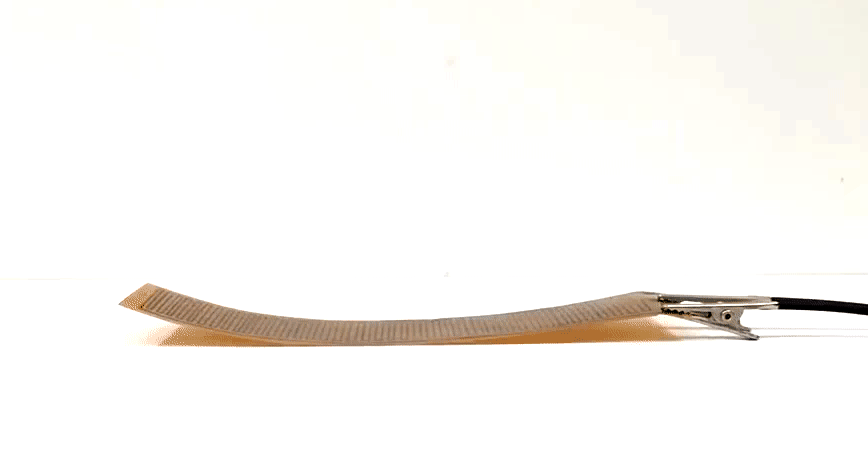top of page
Augmented Materials
Research | MIT School of Architecture & MIT School of Electrical Engineering and Computer Science | 2018
Link: https://dspace.mit.edu/handle/1721.1/118570
Augmented Materials is a design framework for material-based HCI in which digital and physical interfaces becomes unified. Material augmentation is method for augmenting physical matter with computational capabilities, such as sensing, computation, and data communication through embedding active components, i.e. micro-controllers, sensors, and actuators directly within the inert material itself. Augmented materials are able to change their shape, color, stiffness, or other physical properties, and these transformations are the direct implication of the underlying computational models, created through user interaction or programmed materiality.
 NURBSForms base module as a case study for Augmented Materials |  NURBSForms base module utilizes Shape-memory Nitinol actuator, which enables precise digital control over its curvature |
|---|---|
 Aggregation of NURBSForms base modules |  Easily accessible fabrication technique for creating flexible circuits as the basis of NURBSforms modules |
 Alternative actuation of NURBSForms base module based on electronically-activated bi-layer mechanism |  Implementing alternative bi-layer actuation method for NURBSForms modules. |
 2*2 NURBS Surface made from base modules |  |
bottom of page